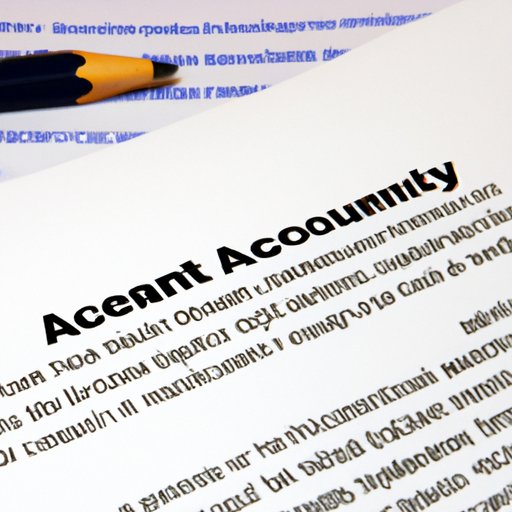
What to Do When You Get in a Car Accident: A Comprehensive Guide
Car accidents are unfortunately a common occurrence on our roads. No matter how careful you are as a driver, you can still find yourself in a collision with another vehicle. Knowing what to do in the aftermath of an accident can help you stay calm and take the right steps to ensure your safety and protect your rights. In this article, we will provide you with a comprehensive guide on what to do after a car accident to help you navigate the situation with ease.
Check for Injuries
The first and most important step after a car accident is to check for injuries. Make sure to assess the safety of all parties involved, including yourself. If anyone is injured, do not attempt to move them unless it is absolutely necessary. Instead, call for medical attention immediately. If you or anyone else is bleeding heavily or unconscious, instruct someone nearby to call 911 for emergency services.
Even if you don’t feel any pain immediately after the accident, it’s important to still get checked out by a medical professional. Adrenaline can mask pain, and some injuries might not be noticeable until hours later. Whiplash, for example, might not present any noticeable symptoms for up to 24 hours after the accident.
Call for Help
If you or anyone else is injured or requires immediate medical attention, the first thing you should do is call 911 or the emergency services in your area. If there are no injuries and the accident is minor, call the non-emergency police line or your local police station to report the accident.
When reporting the accident, provide as much information as possible, including the location, the vehicles involved, and the severity of the accident. The police will also ask you for your name, contact information, and driver’s license number, so make sure to have that information handy.
Exchange Information
It’s important to exchange information with the other driver involved in the accident. This information will be necessary for filing an insurance claim and for any legal proceedings that might result from the accident.
You should exchange the following information:
- Names and contact information
- Driver’s license numbers
- Insurance details (insurance provider, policy number, etc.)
- Vehicle descriptions (make, model, year, color, license plate number, etc.)
It’s important to remain calm and professional when exchanging information. Avoid discussing who’s at fault for the accident, as this could complicate the claims process later on.
Document the Scene
Documenting the accident scene is crucial for filing an insurance claim and for your own records. Be sure to take photos and videos of the damage to all vehicles involved, as well as any skid marks or debris on the road. If there are any witnesses to the accident, ask for their contact information in case you need to contact them later on.
When taking photos and videos, make sure to capture the entire accident scene, including close-ups of any damage to the vehicles, any street signs or road conditions that might have contributed to the accident, and the weather conditions. This information could be important in determining the cause of the accident.
Notify Insurance Provider
Contact your insurance provider as soon as possible after the accident. Most insurance companies have a 24-hour claims hotline that you can call to report the accident. When speaking to your insurance company, provide them with the following information:
- Date and time of the accident
- Location of the accident
- Name and contact information of the other driver involved
- Details of the accident, including any injuries or damage to the vehicles
Your insurance provider will ask for additional details, such as the names and contact information of any witnesses, so make sure to have that information handy as well.
Get a Professional Assessment
Even if there is no visible damage to your vehicle, it’s important to get a professional assessment to ensure that there are no underlying issues that could cause problems later on. It’s important to choose a reputable professional to assess your vehicle to ensure that you are getting accurate information.
When looking for a professional to assess your vehicle, make sure to consider their experience, qualifications, and references. You can also ask for recommendations from friends, family, or your insurance provider.
Conclusion
Getting in a car accident can be a stressful and overwhelming experience, but knowing what to do in the aftermath can help you stay calm and take the necessary steps to ensure your safety and protect your rights. Remember to check for injuries, call for help if necessary, exchange information, document the scene, notify your insurance provider, and get a professional assessment of your vehicle. By following these steps, you’ll be better prepared to handle the aftermath of a car accident.
Additional tips and resources can be found on the websites of your local law enforcement agencies and insurance providers.




